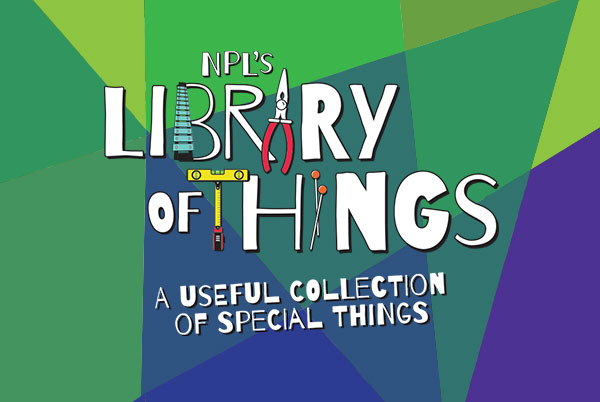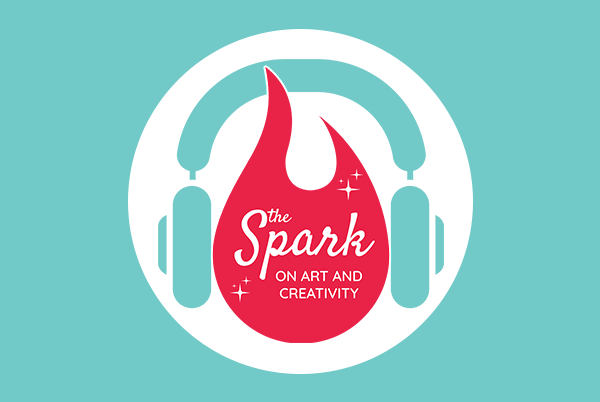
My winter reads have mostly been about self-care, sustainability, and the food supply chain. It was only when I started reading The Secret Life of Groceries and Hell-Bent by Benjamin Lorr that I realized how intertwined everything I was reading about is. However, I had another moment of recognition that left me dumbstruck: Many of the activities described in the book require not only time and effort, but money! Many sustainability and self-care books describe action plans that do not exist for many U.S. citizens. Many sustainability and self-care books describe actions that require the person to have an abundance of time, energy, and cash flow. Heck, this is one of the reasons why I stan so much for Jessamyn Stanley, and similar writers, because their suggestions are at least within the realm of possibility!
Because self-care and sustainability can be supremely overwhelming, especially when starting out from a place of not having, I’ve come up with a list of books that I’ve read and gained some sense of confidence from when it comes to sustainability/eco-friendly and self-care actions.




